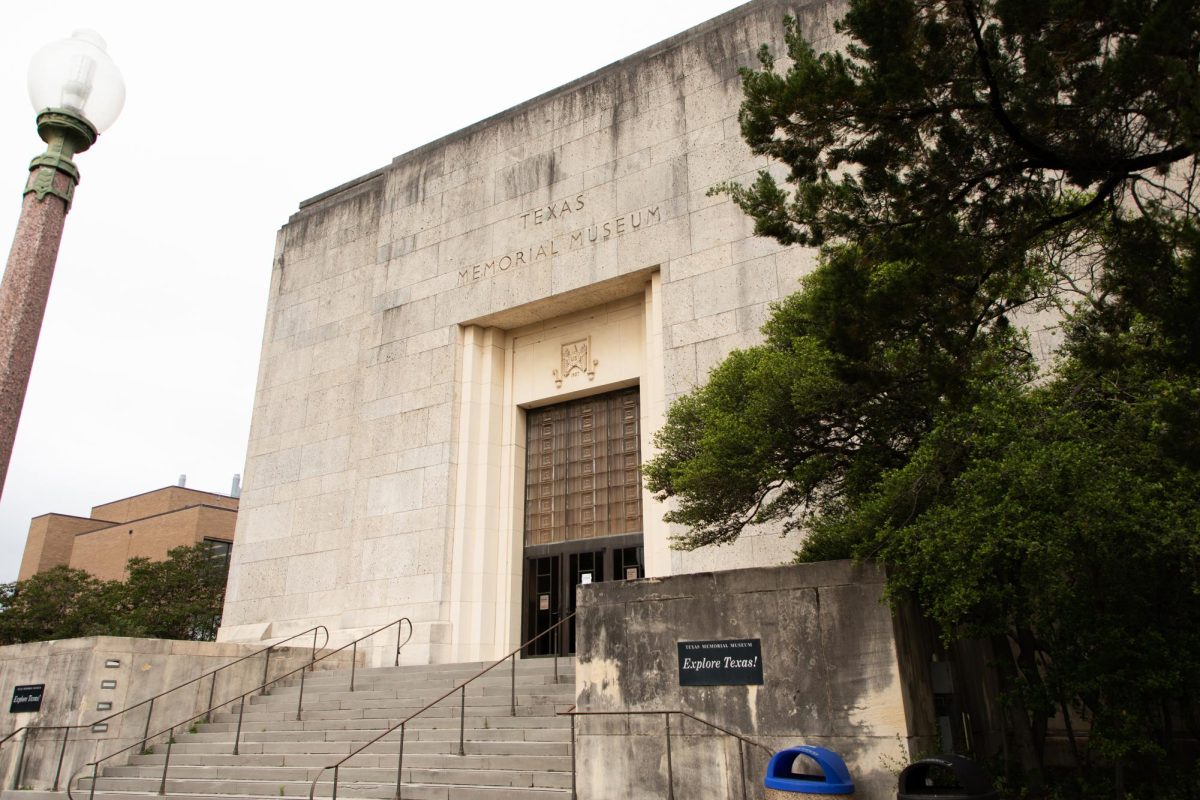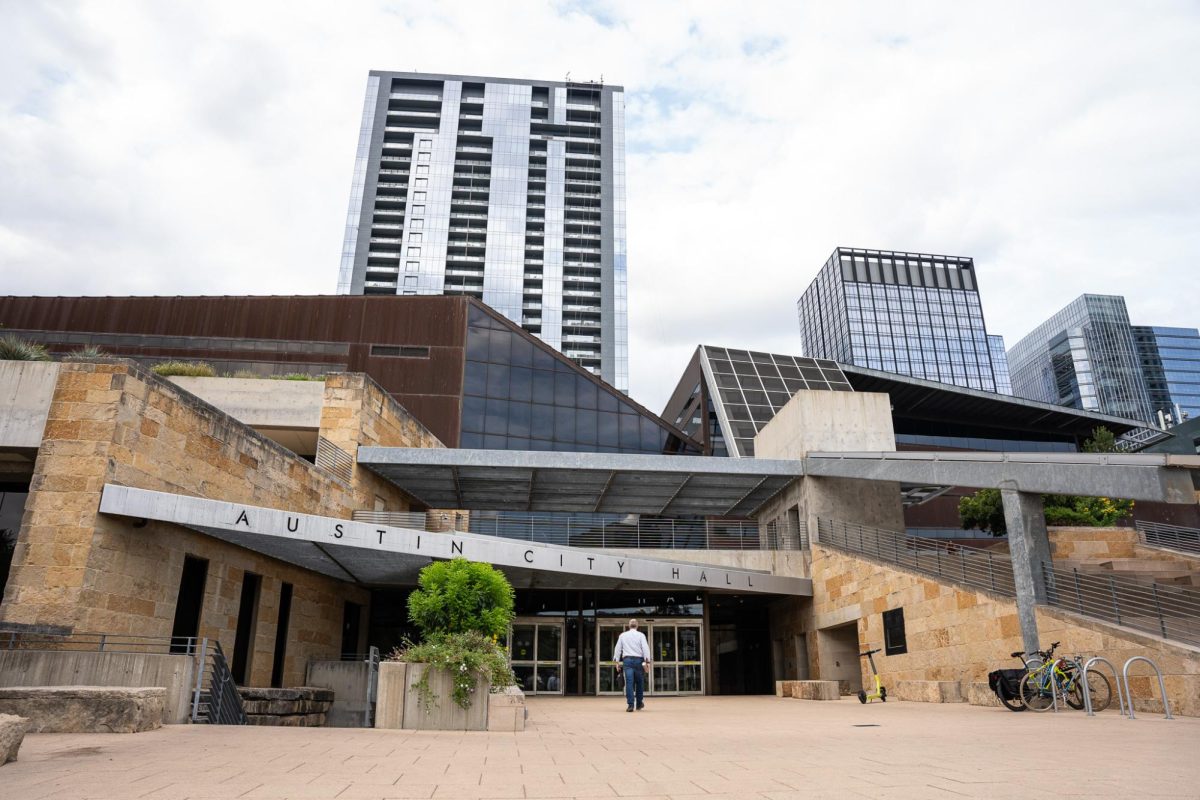After extensive renovations, the Texas Memorial Museum changed its name to the Texas Science and Natural History Museum on July 7 in preparation for its fall reopening.
“The building is always going to be Texas Memorial Museum because it’s right there in the limestone, but what’s happening, the activities and the engagement, is really going to focus on the natural sciences and on the natural history, and that also includes the history of the museum itself,” associate director Pamela Owen said. “We felt that this was the perfect time for the rename.”
Owen said the museum’s name was changed to more accurately represent its contents.
“A lot of times, folks that were not familiar with the UT campus did not associate the name Texas Memorial Museum with a natural history or a natural science museum,” Owen said. “A lot of folks were under the impression that the museum was more about honoring World War II veterans. … Making those associations, a lot of folks were misled and thought that this must be something to do with history, or it’s a memorial to something.”
Managing director Carolyn Connerat said the name change is just one of many renovations to the museum. In addition to new exhibits and amenities, the building’s limestone is being extensively cleaned, and a partnership with the Lady Bird Johnson Wildflower Center will help install pollinator gardens around the museum’s exterior.
“This is the first time we’ve had any kind of major renovations on the building in 86 years,” Connerat said. “It’s really from top to bottom to do an overview of looking at many of those basic building maintenance things that needed to happen.”
Connerat said the renovations will help make the museum more accessible since it is a unique community resource.
“This is the only science and natural history museum of its kind in the greater Austin area that provides a location for people to come and actually see fossils that are hundreds of millions of years old, as well as to learn about the science of natural history,” Connerat said. “We are not just a museum. We are part of the University of Texas at Austin as a museum and are able to share the research that’s happening about the science that impacts the natural world.”















